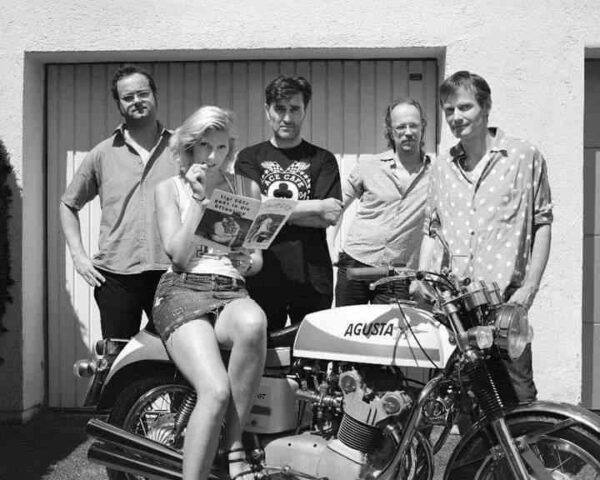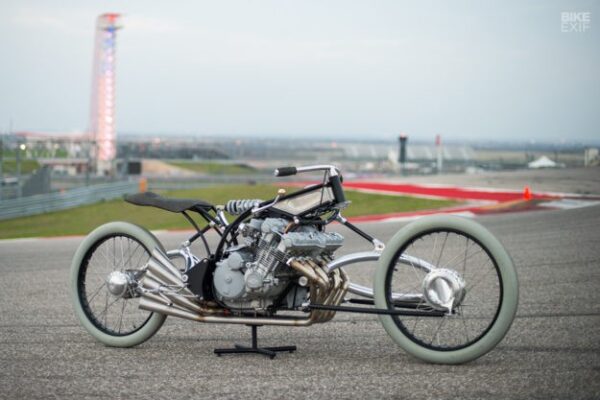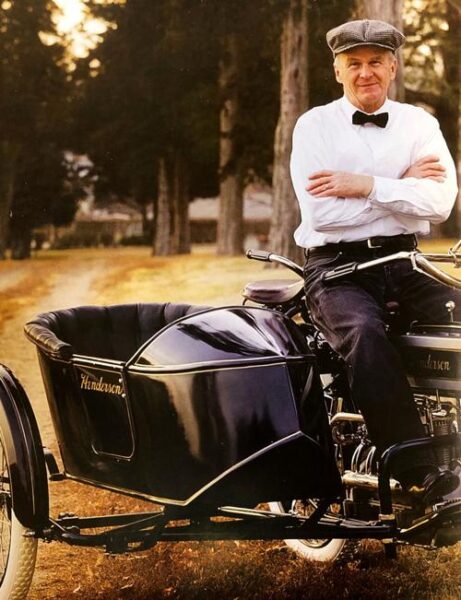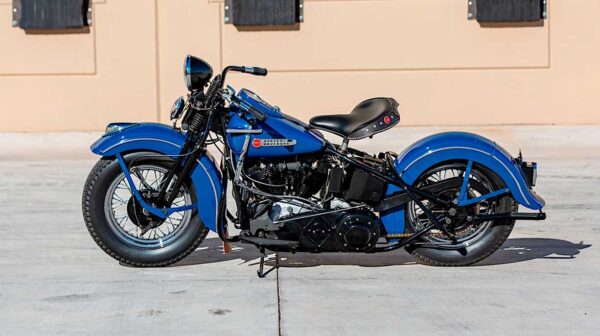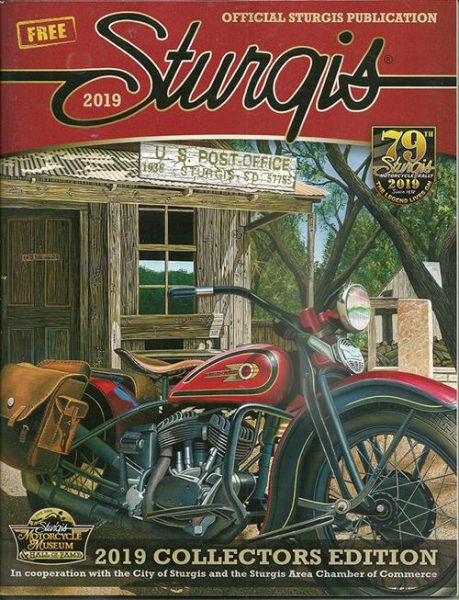Triumph Collector Stumbles Across Ultimate Collectible, the 1901 Prototype
from https://www.autoevolution.com/ by Daniel Patrascu At the turn of the last century, a time when horse-drawn carriages turned into automobiles and bicycles into motorcycles, most of the companies active back then wanted a piece of the new action, and turned their businesses around to include the production of the new mechanical wonders. So did a British enterprise that went by the name Triumph Engineering, which used to make bicycles. Which, if you come to think of it, are just like motorcycles, only without engines, hence easy to re-make. And that’s exactly what Triumph did with one of its bikes, fitting it with a Minerva engine and opening the doors to a history that has spanned so far for 120 years. That production motorized two-wheeler came to be in 1902, but as you can imagine, a prototype had to be made before that. A prototype that, like many others of its kind, was considered lost for a long time, despite rumors surrounding its existence floating around. Extremely conveniently-timed, the first 1901 Triumph motorcycle prototype just resurfaced, having been uncovered by a collector named Dick Shepherd, and put back into the spotlight by the company itself. According to the available details, attesting to the motorcycle’s authenticity are the engine number, “consistent with references in Minerva’s engine records of a 1901 first Triumph engagement,” and a “letter from Triumph, dated in 1937, that outlined the bike’s unique origins and provided key details.” As far as we understand, the bike was uncovered some time ago, as the collector had time to restore it. “As a lifelong passionate fan of the history and achievements of this incredible British brand, to have discovered this amazing survivor and restored it to the glorious condition it would have been in when it first went on display in 1901, […]
Triumph Collector Stumbles Across Ultimate Collectible, the 1901 Prototype Read More »


